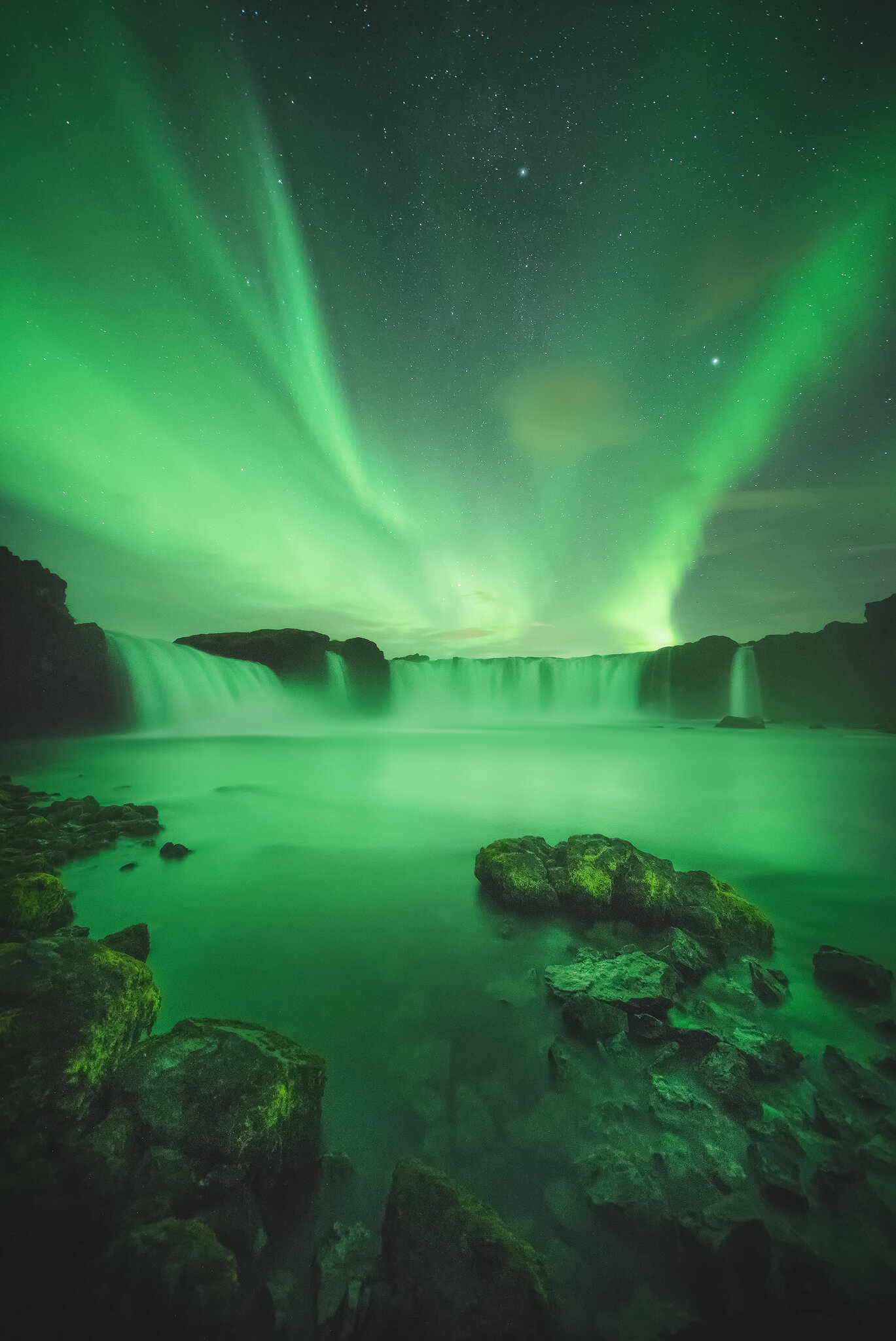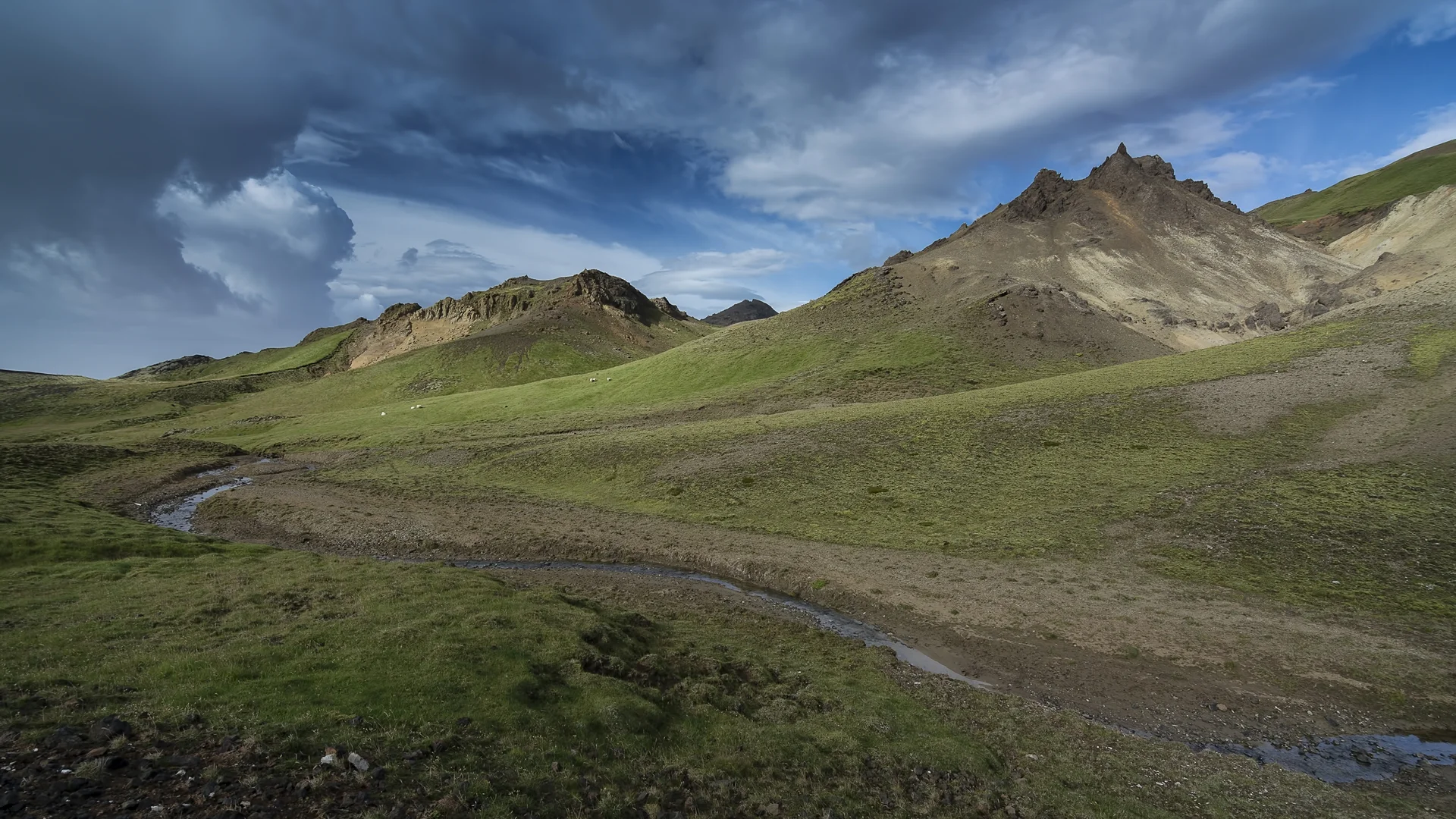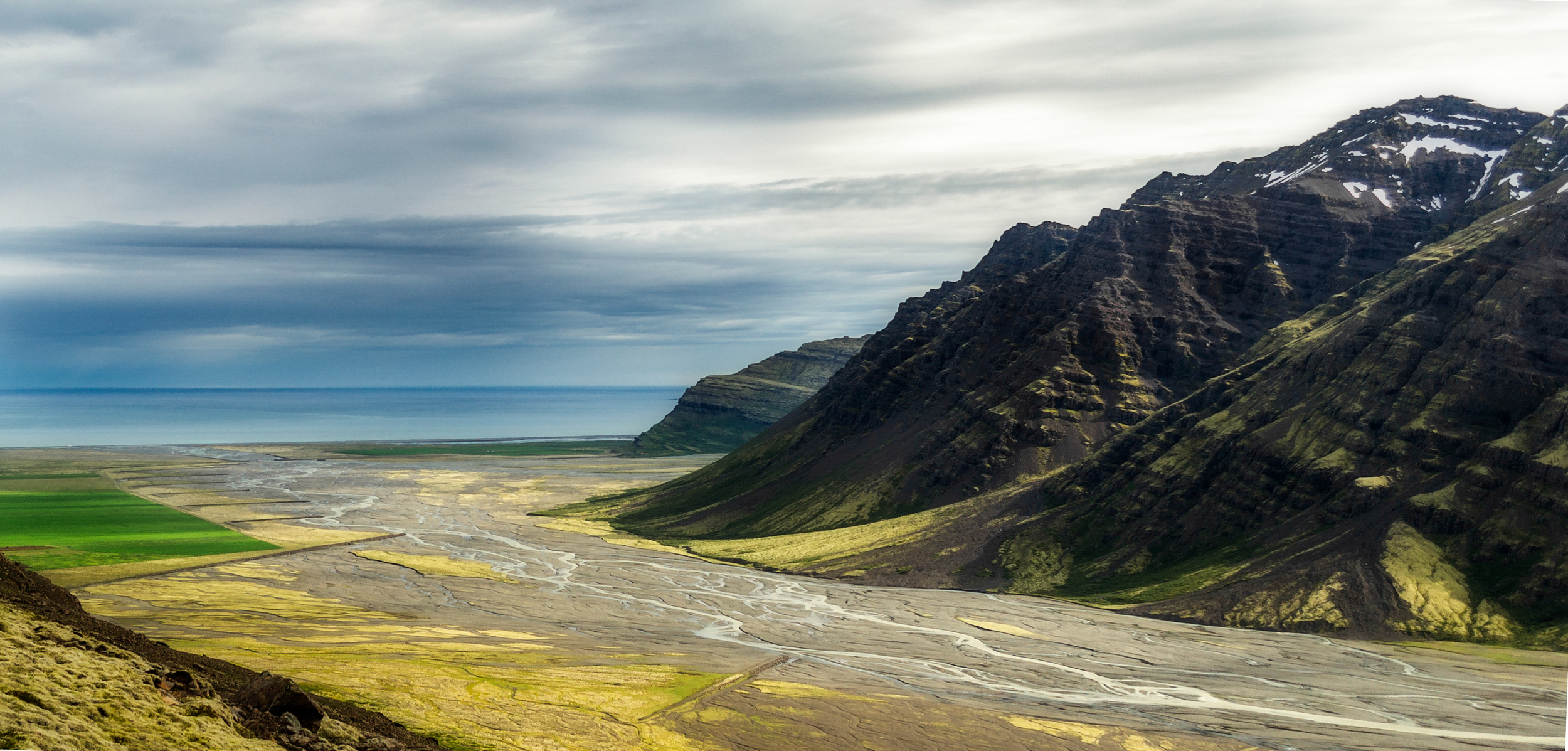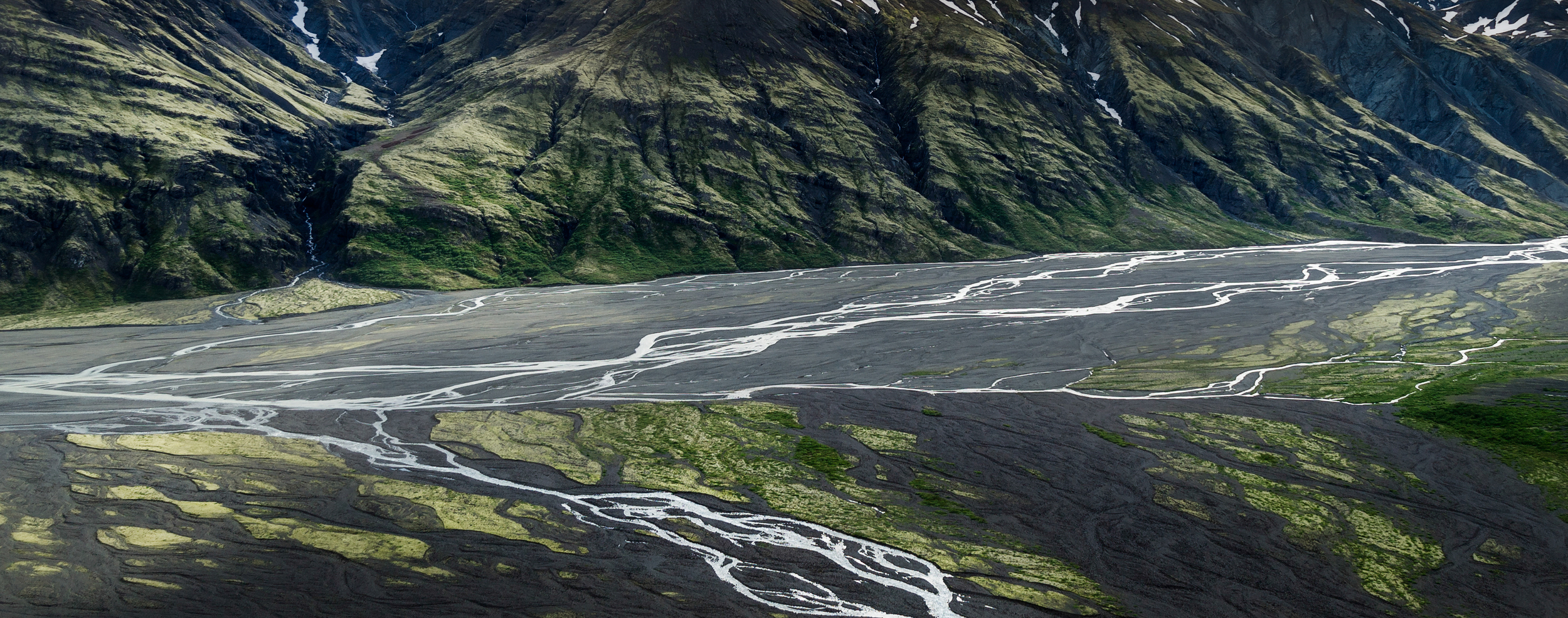''It´s a photographers paradise''. You might have heard this before about Iceland. Well, i certainly have. But is it really? And f it is, what exactly it is people are referring to when they say that there is no place better to take a landscape photo than here, in Iceland.
One thing is sure though. No way you can say that Iceland is undiscovered by photographers. Certainly, not in the last few years. Amount of photo tours and workshops have been rapidly increasing and there's a stream of amateur and professional photographers coming in all year around. However, this land has still many places that are untouched by men. Rugged and pristine is how i would describe landscapes i have encountered deep inside valleys and highlands. Part of me wants for it to stay this way. And the only way to accomplish it is by keeping people out. However, there is something magnetic about theses places that attract us. And when you see them, you want to share this beauty with the rest of the world. I think a compromise is in place here. To get to these places you must work hard. No roads or signs. It should stay a challenge.
One must remember, Iceland is a giant volcano. Come to think of it, all land in the world came to existence through various volcanic processes, however, in Iceland you have a first row seat to experience formation of the land. Do not expect to see erupting volcanoes the minute you step on Iceland, but if you look closely you can see traces of volcanic activity everywhere - lava fields, craters, ridges and dykes. All of these places are great for photography. I will not go into details, but there are different types of volcano and they erupt in different ways and in different circumstances. All this adds to landscapes that are different from each other. So it does not matter, where you are going, you can expect that the landscape will look unique.
Iceland sits on a hot spot, so there´s always a chance for an eruption. At the moment we have an ongoing eruption in Bárðarbunga volcanic system and there´s no telling of when or where will be the next one. It´s not advised to get close to a volcano, but it sure as hell provide for a great picture. This hot spot is also to ''blame'' for geothermal activity underneath the earth that translates into many hot springs above the ground. That´s also the reason why we have hundreds of pools and hot springs where you can bathe after a long day of sightseeing or hiking.
Now, some people may argue that Iceland and Greenland should swap their names. It´s true, due to Gulf stream, Iceland is not as cold as you might have imagined. However, it´s still pretty far north, so a cold snap and a winter storm will make you reconsider the name change. It´s also cold enough here to form glaciers where land elevates over a kilometer. Many glaciers are accessible and serve as great objects to photograph.
Lighting is everything to a photographer and this is what i think makes Iceland a ''paradise''. In the summer, when sky is not dark enough for stars to appear, you have this amazing light of constant twilight all night long. Sure, during the day, you might want to take a nap or do some post processing on you images as sun sits right above the head, but those night hours are amazing for photography. During the winter, on the other hand, you have ''golden hour'' lighting extended for several hours while the sun is up. Obviously, in the winter darkness rules over the day, but that means you can hunt for some lovely northern light scenes.
I guess it is true. Iceland offer so much to a photographer, to the point where one might call it a paradise. Uniqueness of landscapes, their shapes and forms, colors and lighting provided by the contrast between night and day. All that adds up to a must visit place.






















